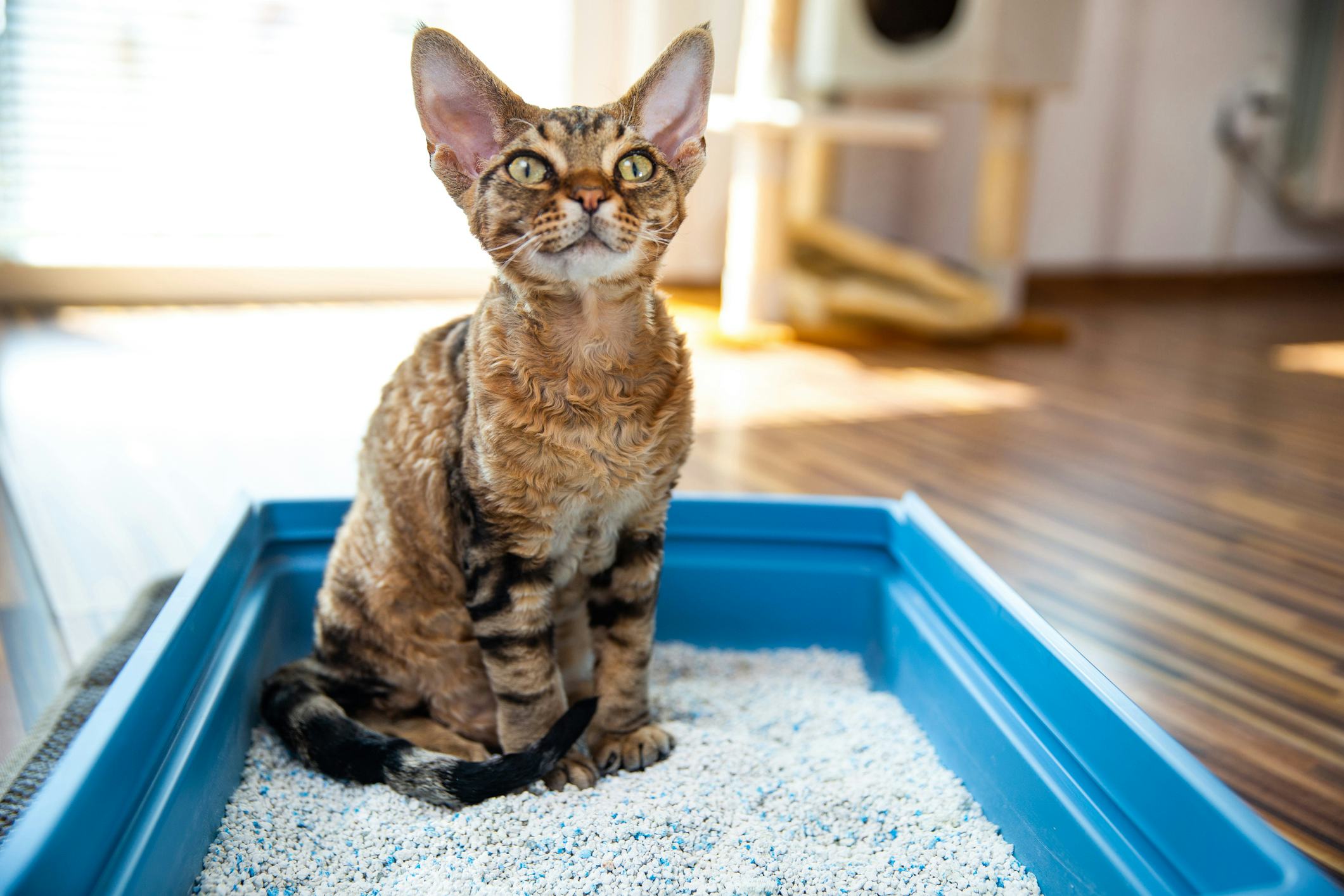Prevent Clogs and Damage: Don't Flush Cat Poop Down Your Toilet - Professional Recommendations
Prevent Clogs and Damage: Don't Flush Cat Poop Down Your Toilet - Professional Recommendations
Blog Article
The writer is making several great annotation regarding Don’t flush cat feces down the toilet overall in the article beneath.

Intro
As cat owners, it's necessary to be mindful of how we get rid of our feline good friends' waste. While it may seem hassle-free to purge pet cat poop down the bathroom, this practice can have harmful consequences for both the setting and human wellness.
Environmental Impact
Purging pet cat poop introduces harmful microorganisms and parasites into the supply of water, posing a considerable threat to water ecological communities. These pollutants can negatively influence marine life and compromise water high quality.
Wellness Risks
In addition to environmental problems, purging cat waste can also present health dangers to people. Pet cat feces might consist of Toxoplasma gondii, a bloodsucker that can cause toxoplasmosis-- a potentially extreme disease, especially for expecting ladies and individuals with weakened immune systems.
Alternatives to Flushing
Luckily, there are much safer and a lot more responsible ways to get rid of cat poop. Consider the adhering to options:
1. Scoop and Dispose in Trash
One of the most common approach of throwing away cat poop is to scoop it right into a naturally degradable bag and toss it in the garbage. Make certain to make use of a committed clutter scoop and throw away the waste immediately.
2. Use Biodegradable Litter
Choose eco-friendly cat trash made from products such as corn or wheat. These clutters are eco-friendly and can be safely taken care of in the garbage.
3. Hide in the Yard
If you have a yard, think about burying cat waste in an assigned area away from vegetable gardens and water sources. Be sure to dig deep enough to prevent contamination of groundwater.
4. Mount a Pet Waste Disposal System
Invest in an animal waste disposal system particularly developed for feline waste. These systems make use of enzymes to break down the waste, decreasing odor and environmental impact.
Final thought
Responsible pet dog ownership extends beyond providing food and sanctuary-- it likewise involves proper waste monitoring. By avoiding purging feline poop down the commode and selecting different disposal methods, we can decrease our environmental footprint and protect human wellness.
Why Can’t I Flush Cat Poop?
It Spreads a Parasite
Cats are frequently infected with a parasite called toxoplasma gondii. The parasite causes an infection called toxoplasmosis. It is usually harmless to cats. The parasite only uses cat poop as a host for its eggs. Otherwise, the cat’s immune system usually keeps the infection at low enough levels to maintain its own health. But it does not stop the develop of eggs. These eggs are tiny and surprisingly tough. They may survive for a year before they begin to grow. But that’s the problem.
Our wastewater system is not designed to deal with toxoplasmosis eggs. Instead, most eggs will flush from your toilet into sewers and wastewater management plants. After the sewage is treated for many other harmful things in it, it is typically released into local rivers, lakes, or oceans. Here, the toxoplasmosis eggs can find new hosts, including starfish, crabs, otters, and many other wildlife. For many, this is a significant risk to their health. Toxoplasmosis can also end up infecting water sources that are important for agriculture, which means our deer, pigs, and sheep can get infected too.
Is There Risk to Humans?
There can be a risk to human life from flushing cat poop down the toilet. If you do so, the parasites from your cat’s poop can end up in shellfish, game animals, or livestock. If this meat is then served raw or undercooked, the people who eat it can get sick.
In fact, according to the CDC, 40 million people in the United States are infected with toxoplasma gondii. They get it from exposure to infected seafood, or from some kind of cat poop contamination, like drinking from a stream that is contaminated or touching anything that has come into contact with cat poop. That includes just cleaning a cat litter box.
Most people who get infected with these parasites will not develop any symptoms. However, for pregnant women or for those with compromised immune systems, the parasite can cause severe health problems.
How to Handle Cat Poop
The best way to handle cat poop is actually to clean the box more often. The eggs that the parasite sheds will not become active until one to five days after the cat poops. That means that if you clean daily, you’re much less likely to come into direct contact with infectious eggs.
That said, always dispose of cat poop in the garbage and not down the toilet. Wash your hands before and after you clean the litter box, and bring the bag of poop right outside to your garbage bins.
https://trenchlesssolutionsusa.com/why-cant-i-flush-cat-poop/

Do you appreciate reading about How to Dispose of Cat Poop and Litter Without Plastic Bags? Post a review down below. We will be delighted to see your feelings about this content. We hope to see you back again later on. Are you aware of someone else who is fascinated with the niche? Take a moment to share it. I praise you for your time. Please check our website back soon.
Click Here Report this page